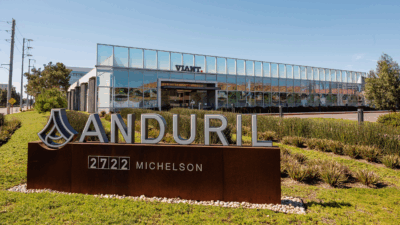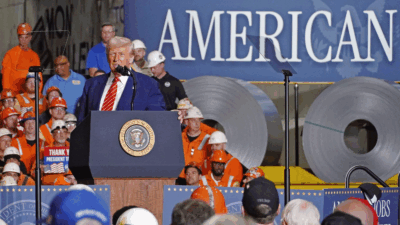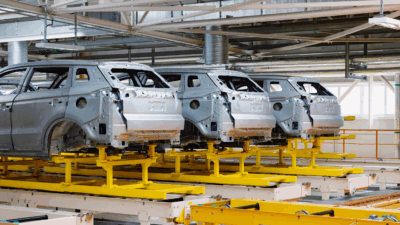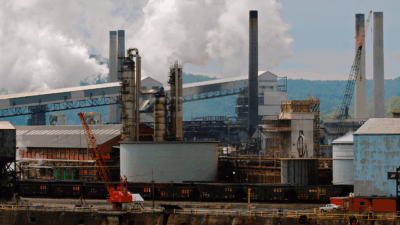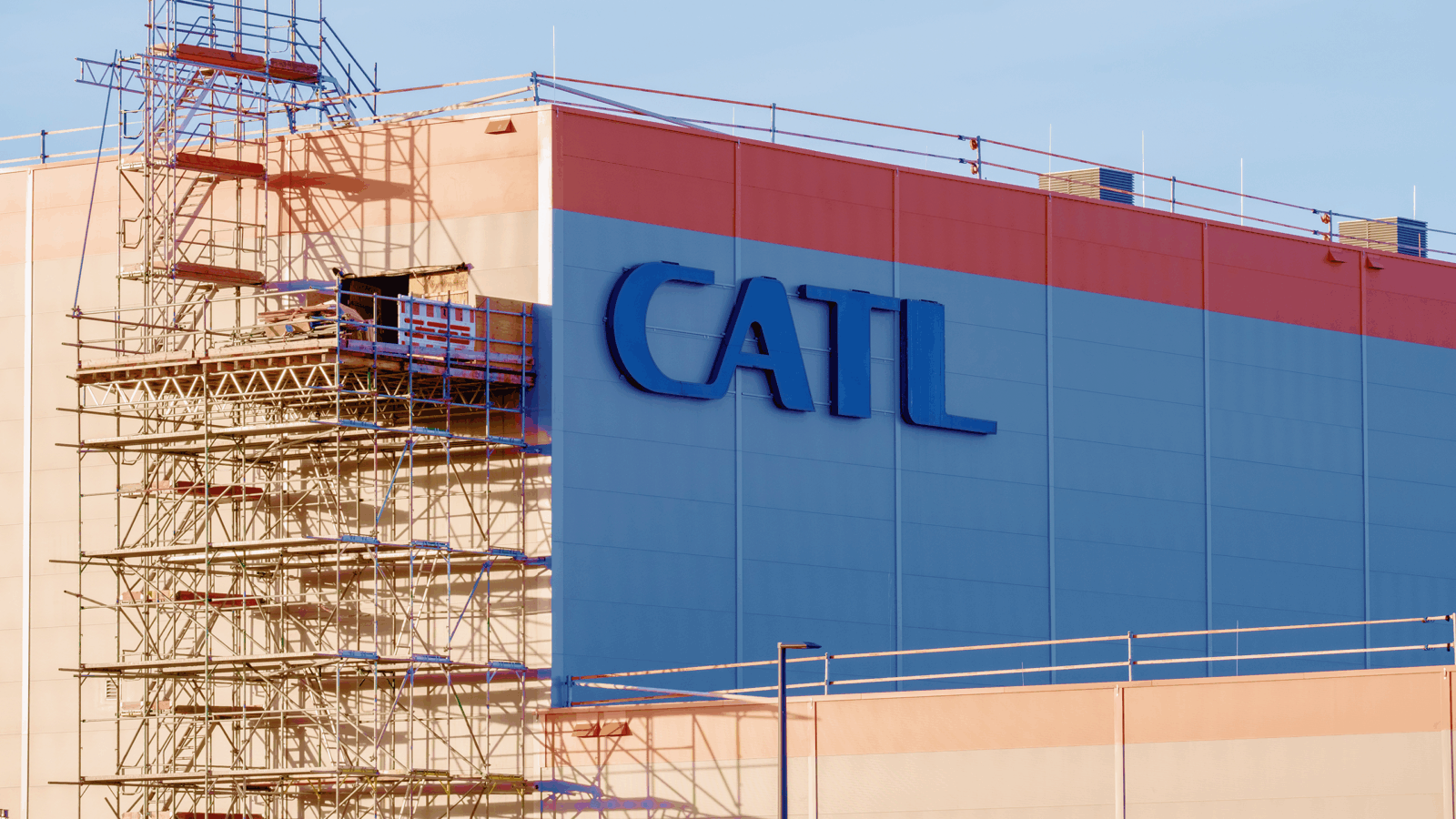Honeywell Becomes Latest of America’s Vanishing Big Industrial Conglomerates to Split
Among the conglomerates to go this route have been Alcoa in 2016, United Technologies in 2018 and, last year, General Electric.
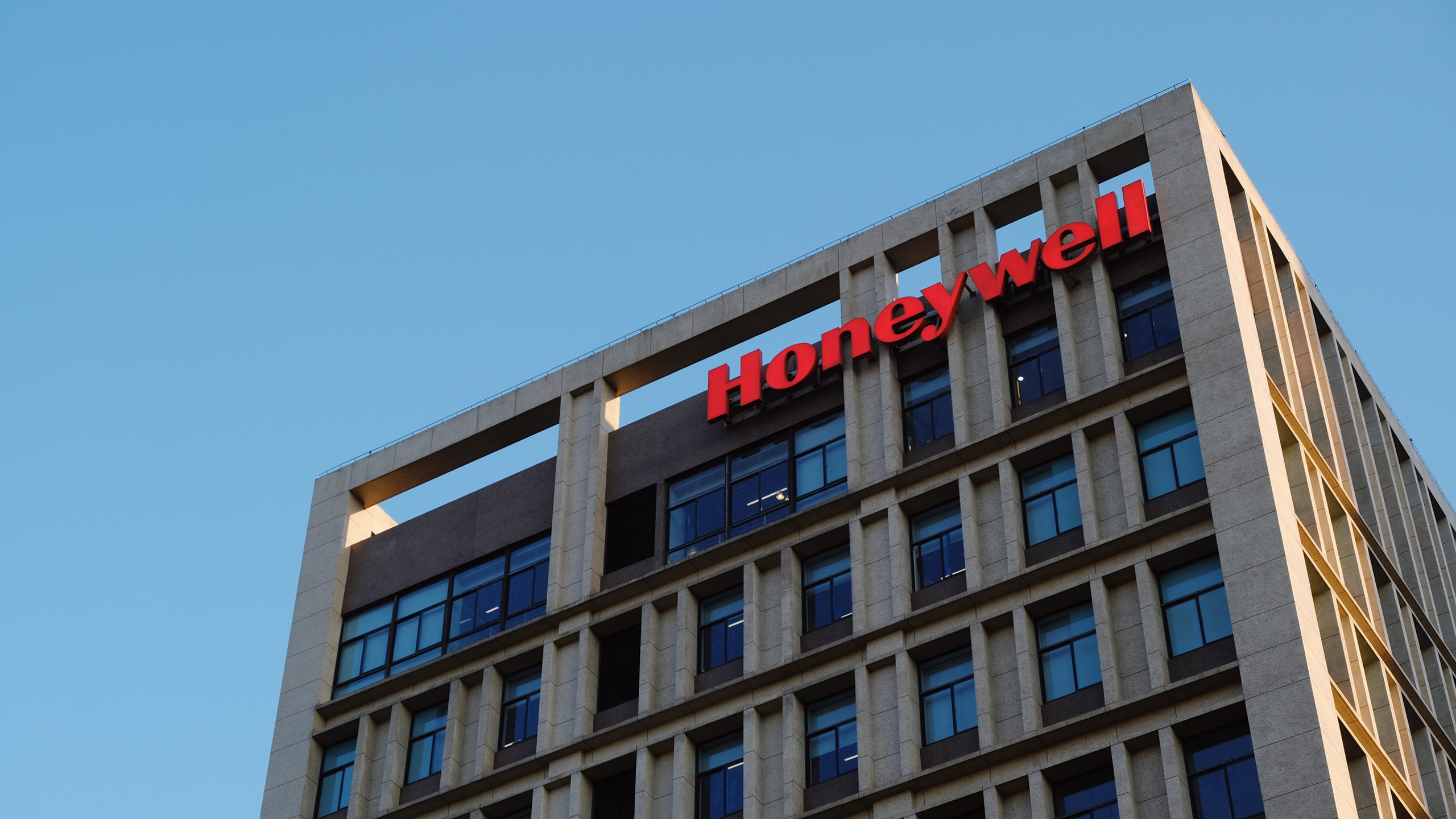
Sign up for smart news, insights, and analysis on the biggest financial stories of the day.
Being an industrial conglomerate isn’t what it used to be.
The Charlotte-headquartered Honeywell announced plans to spin off its aerospace and automation businesses into separate entities on Thursday, adding to a previous plan to hive off its advanced materials unit. Now comes a second wave of pressure to unlock value from the parts that once made up the whole.
All Things Must Pass
For decades, the industrial conglomerate was an icon of American markets: giant firms that combined diverse, sometimes unrelated, businesses under one umbrella, in theory, saving on shared overhead and insulating themselves from the ups and downs of exposure to a sole industry.
In recent years, investors have pressured those giants to go in the other direction: break up and simplify so Wall Street can more accurately value them. Among the conglomerates to go this route have been Alcoa in 2016, United Technologies in 2018 and, last year, General Electric. The GE companies, in particular, have rapidly become the poster children for the breakup movement: The aerospace, energy and healthcare spinoffs that came out of the former conglomerate are today worth nearly four times what GE was in 2022. GE Aerospace had a market valuation of $168 billion last April when the breakup was finalized. On Thursday, it was $221 billion.
Citing this success, activist investor Elliott called in November for Honeywell to follow suit. Three months later, its wish came true. Now comes the hard part of unlocking value. Because, in fact, corporate splits are kind of like when The Beatles broke up — for every masterpiece like All Things Must Pass or John Lennon/Plastic Ono Band, there’s a Ringo’s Rotogravure or Ringo the 4th:
- Invesco’s Spin-off ETF, which tracks S&P 500 firms that spin out of larger parents, has trailed the index for a decade. There is, on the other hand, some evidence of gains out of the gate: RBC Capital Markets found a dozen industrial spinoffs gained 50% in the twelve months after going it alone.
- Bain & Co. analyzed 350 public company spinoffs from 2000 and 2020: Half of them created no shareholder value two years post-breakup, and 25% declined in value. The remaining 25% that did go up in value were huge wins for investors. Take for example Arconic, spun off from Howmet Aerospace in April 2020 — 15 months after the fact, their combined market cap was up 150%.
Lights, Kapur, Action! Up just 8% in the last year, Honeywell’s share price has underperformed the broader market, opening the window for Elliott to pressure the $136 billion conglomerate. Honeywell’s aerospace division, which CEO Vimal Kapur told The Wall Street Journal is “diverging more and more” from the rest of the company, was a major contributor to their conclusion that its businesses are “better separated to unleash what they have.”


